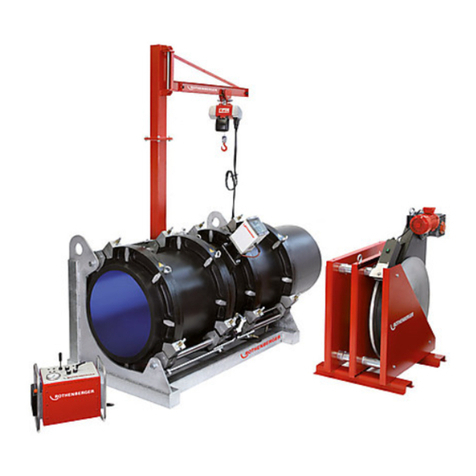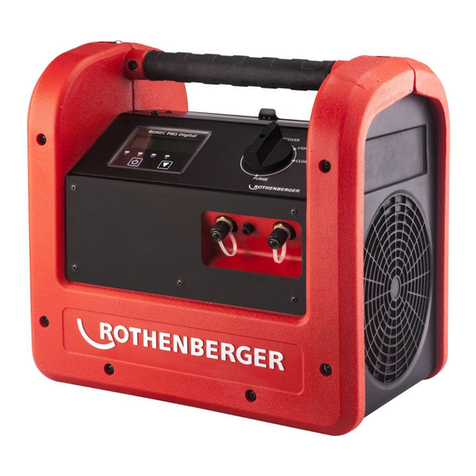Rothenberger Operating Manual User manual
Other Rothenberger Welding System manuals

Rothenberger
Rothenberger ROWELD P 800 B User manual
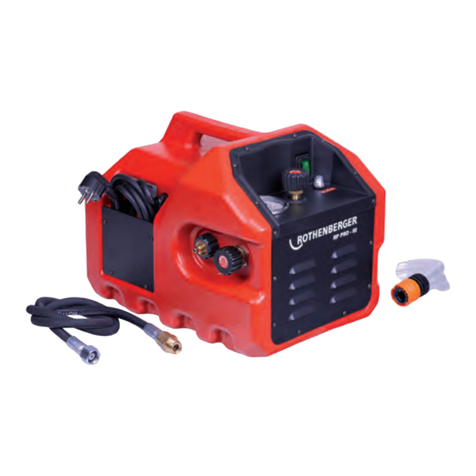
Rothenberger
Rothenberger RP PRO III User manual

Rothenberger
Rothenberger ROWELD P 125 User manual

Rothenberger
Rothenberger ROWELD ROFUSE Sani 160 User manual
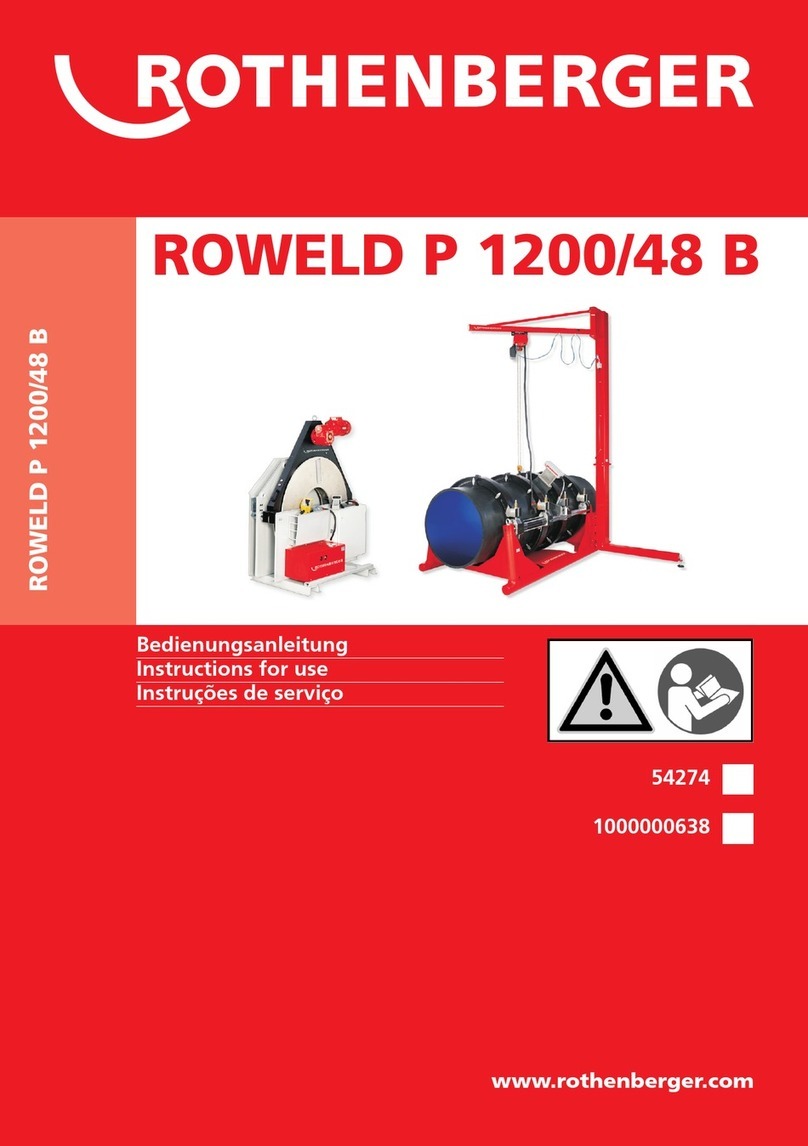
Rothenberger
Rothenberger ROWELD P 1200/48 B User manual
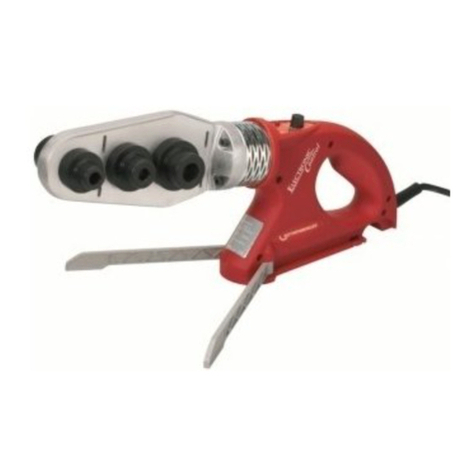
Rothenberger
Rothenberger P63-S4 User manual
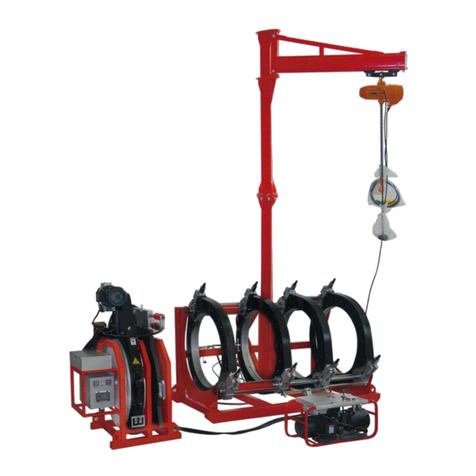
Rothenberger
Rothenberger ROWELD E Series User manual

Rothenberger
Rothenberger ROWELD P 125 User manual

Rothenberger
Rothenberger Roxy Series User manual

Rothenberger
Rothenberger ROXY 400L User manual

Rothenberger
Rothenberger ROWELD P 110 User manual

Rothenberger
Rothenberger ROWELD P 160 Saniline User manual
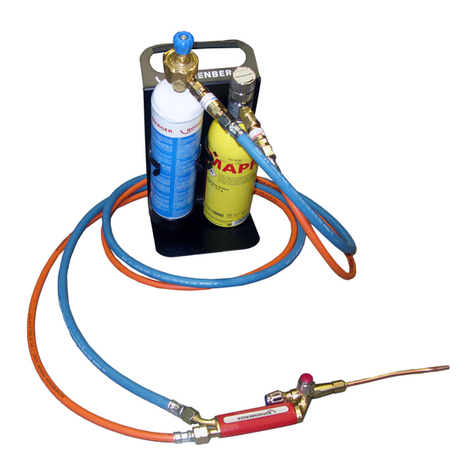
Rothenberger
Rothenberger ALLGAS Mobile Pro User manual

Rothenberger
Rothenberger ROWELD P 250 A User manual

Rothenberger
Rothenberger ROWELD ROFUSE Sani 160 User manual

Rothenberger
Rothenberger ROWELD ROFUSE Sani 160 User manual
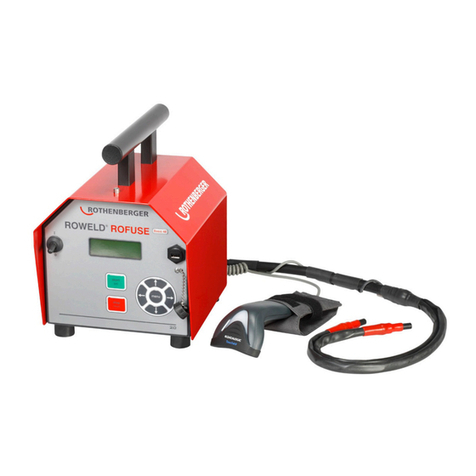
Rothenberger
Rothenberger ROWELD ROFUSE Basic 48 V2.0 User manual

Rothenberger
Rothenberger ROWELD P 250 B User manual

Rothenberger
Rothenberger ROWELD P160-630B/Plus User manual

Rothenberger
Rothenberger ROWELD P 160 Saniline User manual
Popular Welding System manuals by other brands

Hobart Welding Products
Hobart Welding Products AirForce 375 owner's manual

GF
GF MSA 330 instruction manual

Hakko Electronics
Hakko Electronics FX-888D instruction manual

Abicor Binzel
Abicor Binzel ABIPLAS WELD 100 W operating instructions

EWM
EWM Taurus 355 Basic TDM operating instructions

Thermal Dynamics
Thermal Dynamics PakMaster 100 XL plus operating manual
